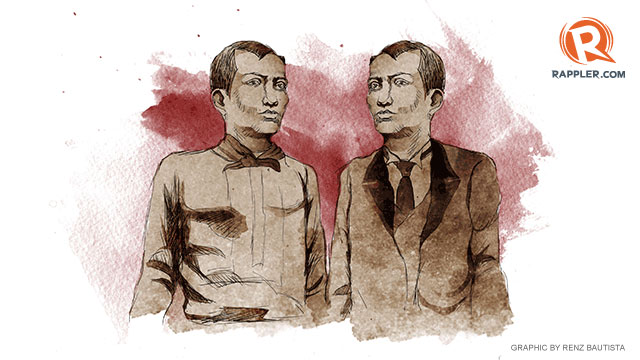There is a growing urgency for the immediate signing of the two remaining Annexes (Power-sharing and Normalization) as time ticks away. Members of Congress reached out by officials of the Bangsamoro Transition Commission (BTC) urged it to submit to Congress the final draft of the Bangsamoro Basic Law (BBL), certified as urgent bill by President Benigno Aquino III, at least in May this year, so that there will still be enough time to pass it into law.
As a matter of fact, they wanted it submitted in January this year, which is no longer possible because of at least two main reasons: 1) the two annexes as indicated above are still under negotiation in Kuala Lumpur; and 2) the crafting the BBL requires parallel public engagements/consultation to factor into the BBL relevant and important inputs from the people.
The two peace panels must tighten their belts and act now to finish the remaining annexes, at least for now the Annex on Power-sharing. Although Annex on Normalization is as important, but not much of it is required into the BBL, except the structural aspect of policing for the Bangsamoro. In this country, there is only one national police, but the MILF takes a position that the police for Bangsamoro shall be more or less under the control (not absolute) of the Bangsamoro “Parliament”. The MILF is firm on this position, which it stresses time and again especially in their meeting with members of the Independent Commission on Policing (ICP), which was created by the MILF and government peace panels to study and recommend to the parties the most appropriate policing for the Bangsamoro. Canada heads the ICP, alongside Japan and Australia as members. There are two members each from the MILF and government.
The capacity of the BTC to beat the timeline suggested by Congress is not much a problem, because the BTC has actually started working on the draft especially after the Annex on Wealth-Sharing was signed in July last year. There are also ongoing consultations especially by BTC’s Committee on Fiscal Autonomy and Committee on Transitional Provisions chaired by Commissioners Raissa Jajurie and Johaira Wahab, respectively. Besides, all the commissioners are in highest spirit and are raring, like an impassioned writer, when to start his/her masterpiece. However, out of respect, they can only manage to ask politely “when will the two remaining annexes be completed?” Most always, the answer is also left hanging; negotiation is one human endeavor which is highly unpredictable.
But truth is that until and unless all the annexes are completed, the BTC’s draft of the BBL will still be tentative --- not be official --- because all its provisions must confirm with the template set forth in the Comprehensive Peace Agreement (CPA) or Framework Agreement on the Bangsamoro (FAB) plus the four annexes signed into one document called CPA.
http://www.luwaran.com/index.php/editorial/item/686-crafting-the-bangsamoro-basic-law
The two peace panels must tighten their belts and act now to finish the remaining annexes, at least for now the Annex on Power-sharing. Although Annex on Normalization is as important, but not much of it is required into the BBL, except the structural aspect of policing for the Bangsamoro. In this country, there is only one national police, but the MILF takes a position that the police for Bangsamoro shall be more or less under the control (not absolute) of the Bangsamoro “Parliament”. The MILF is firm on this position, which it stresses time and again especially in their meeting with members of the Independent Commission on Policing (ICP), which was created by the MILF and government peace panels to study and recommend to the parties the most appropriate policing for the Bangsamoro. Canada heads the ICP, alongside Japan and Australia as members. There are two members each from the MILF and government.
The capacity of the BTC to beat the timeline suggested by Congress is not much a problem, because the BTC has actually started working on the draft especially after the Annex on Wealth-Sharing was signed in July last year. There are also ongoing consultations especially by BTC’s Committee on Fiscal Autonomy and Committee on Transitional Provisions chaired by Commissioners Raissa Jajurie and Johaira Wahab, respectively. Besides, all the commissioners are in highest spirit and are raring, like an impassioned writer, when to start his/her masterpiece. However, out of respect, they can only manage to ask politely “when will the two remaining annexes be completed?” Most always, the answer is also left hanging; negotiation is one human endeavor which is highly unpredictable.
But truth is that until and unless all the annexes are completed, the BTC’s draft of the BBL will still be tentative --- not be official --- because all its provisions must confirm with the template set forth in the Comprehensive Peace Agreement (CPA) or Framework Agreement on the Bangsamoro (FAB) plus the four annexes signed into one document called CPA.
http://www.luwaran.com/index.php/editorial/item/686-crafting-the-bangsamoro-basic-law











